Camphor Bush
Leleshwa
Tarchonanthus camphoratus
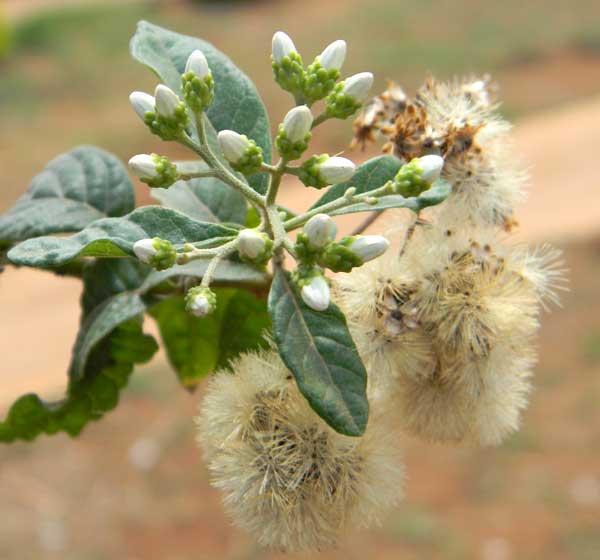
Flower buds and developing seeds are at the ends of branches. Close up of flowers shown at right. Turbo, Rift Valley, Kenya, Africa. April 2011.
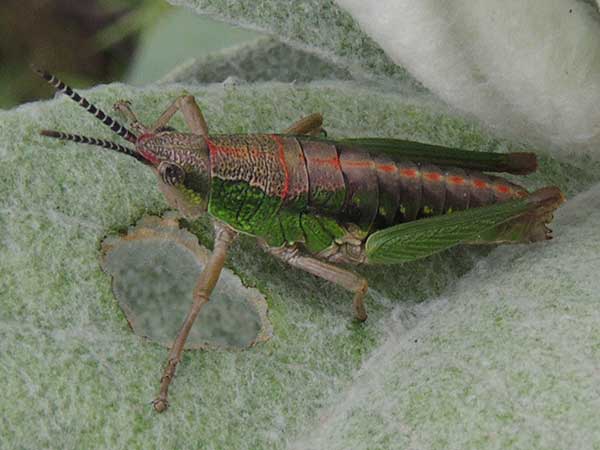
New vigorous growth, for example following a plant being chopped down or burned, have leaves that are densely covered with long cottony pubescence. This and the chemical components deter most herbivores including cattle and goats, but not certain insect species, such as this gaudy grasshopper.
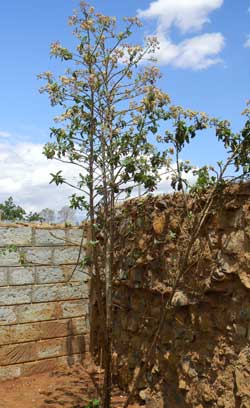
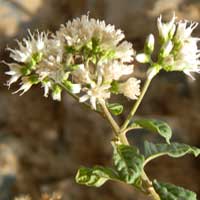
SHRUB: Woody plant with multiple or sometimes a single trunk rising to tree size. Normally 2 to 5m in height.
Bark looks fibrous.
FLOWERS: Most plants produce either only male or only female flowers arranged into numerous small heads. The florets are white and number 5 to 25 per head.
LEAVES: The lower leaf surfaces are clothed in long white pubescence as are petioles and newer stems. The upper surface of the roughly eliptical leaves are mostly free of pubescence and are darker green.
SEEDS: Seeds have a cottony look due to long, white hairs.
Asteraceae -- Sunflower Family
More Information:
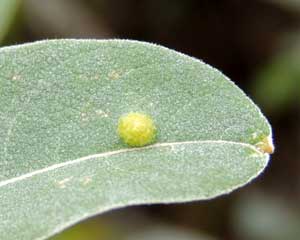
This swelling on a Tarchonanthus leaf is a gall caused probably by a minute Gall Midge, Cecidomyiidae.